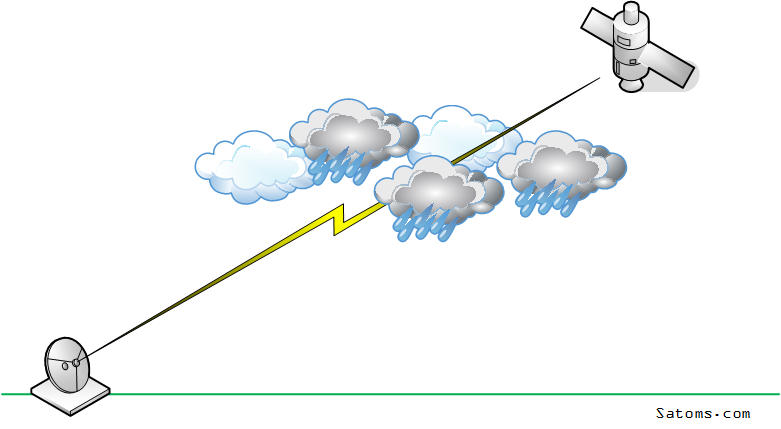Rain fade refers primarily to the absorption of a microwave radio frequency (RF) signal by atmospheric rain, snow, or ice, and losses which are especially prevalent at frequencies above 11 GHz. It also refers to the degradation of a signal caused by the electromagnetic interference of the leading edge of a storm front. Rain fade can be caused by precipitation at the uplink or downlink location. However, it does not need to be raining at a location for it to be affected by rain fade, as the signal may pass through precipitation many miles away, especially if the satellite dish has a low look angle.
From 5 to 20 percent of rain fade or satellite signal attenuation may also be caused by rain, snow, or ice on the uplink or downlink antenna reflector, radome or feed horn. Rain fade is not limited to satellite uplinks or downlinks, it also can affect terrestrial point to point microwave links (those on the earth’s surface).
Two models for Rain fade are considered, Crane and ITU. Generally, ITU model is favored by microwave planners. The following is the ITU Rain Fade Map:
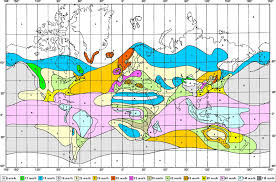
The scale on the bottom of the map indicates the peak rainfall in mm/hr. with zone A being the mildest and zone Q the harshest. In Panama, we can expect we can expect less than 145 mm/h or fain 99.99% of the time. In parts of the Southern United States, we can expect less than 63 mm/h or fain 99.99% of the time.
Wasn’t L-Band A better Frequency?
As far as rain fade is concerned, yes.
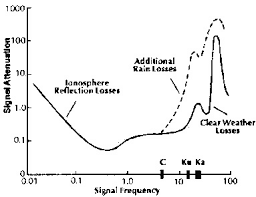
In order to increase capacity, new satellites are using spot beams. Inmarsat is replacing all of its old series 4 satellites and upgrading them with series 5. The problem becomes that geo stationary satellite coverage of ocean areas becomes less.
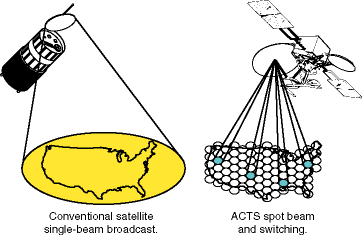
The higher the frequency, the higher data rate you can get.
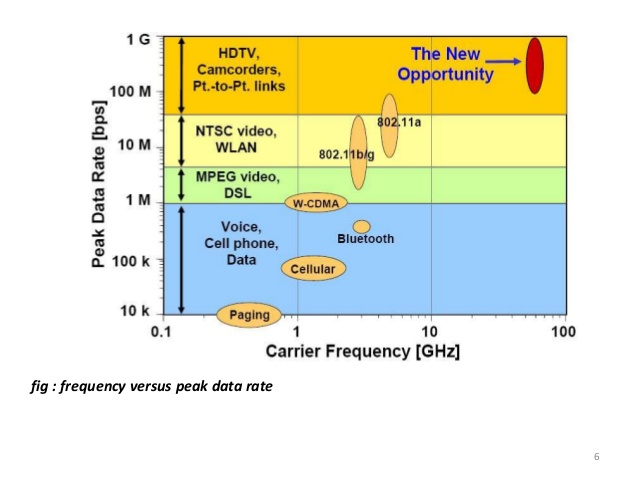
Where does the military go with man-portable data terminals?
Conclusion: It’s a big trade-off with many factors. Outernet has been looking for the “sweet spot” Low rain fade, small antenna, higher data rate, low cost, etc. The low end of the Ku-band and X-band is probably ideal.
References:
Wikipedia article on Rain fade
Fade Margin and Rain Faid
